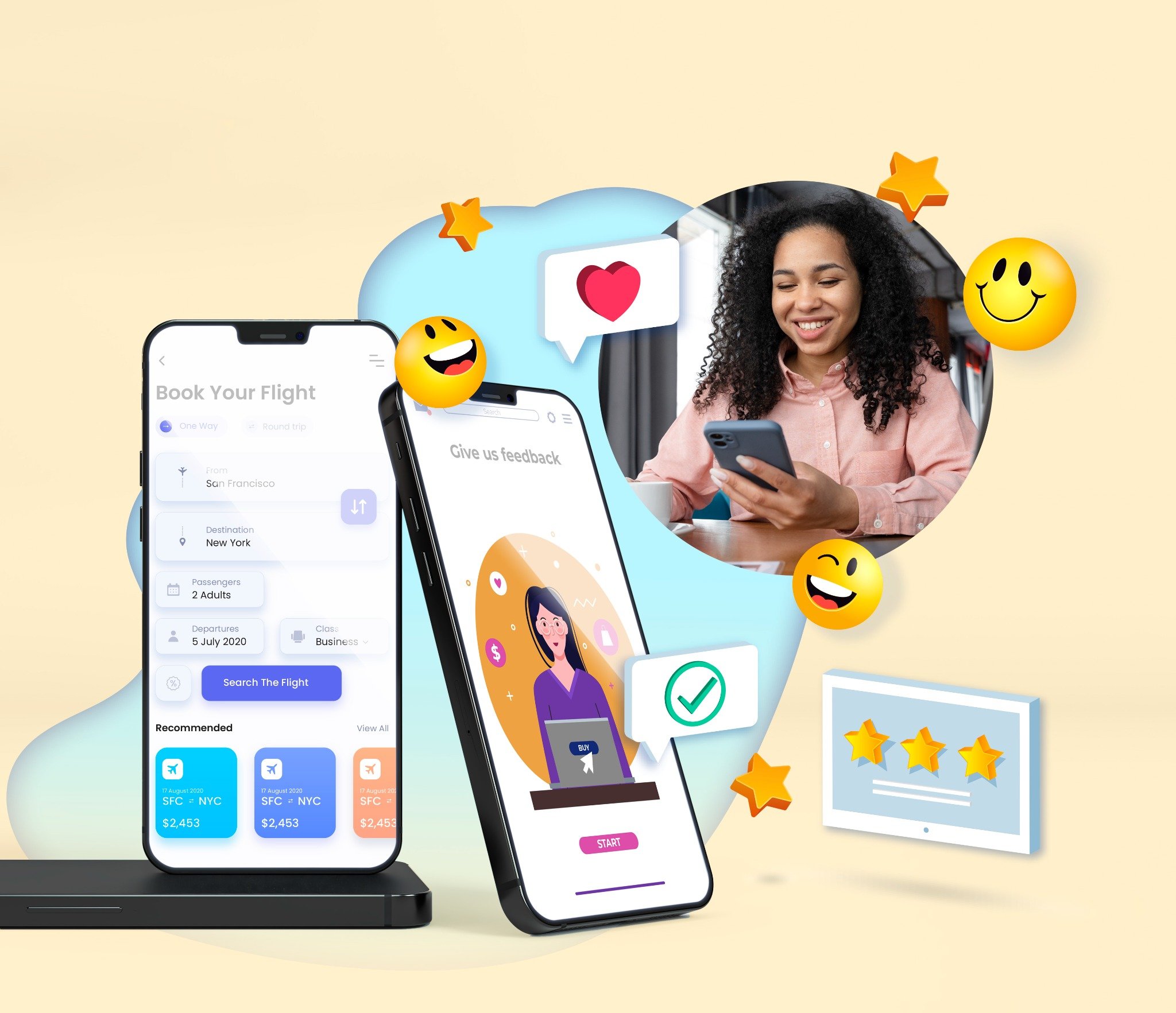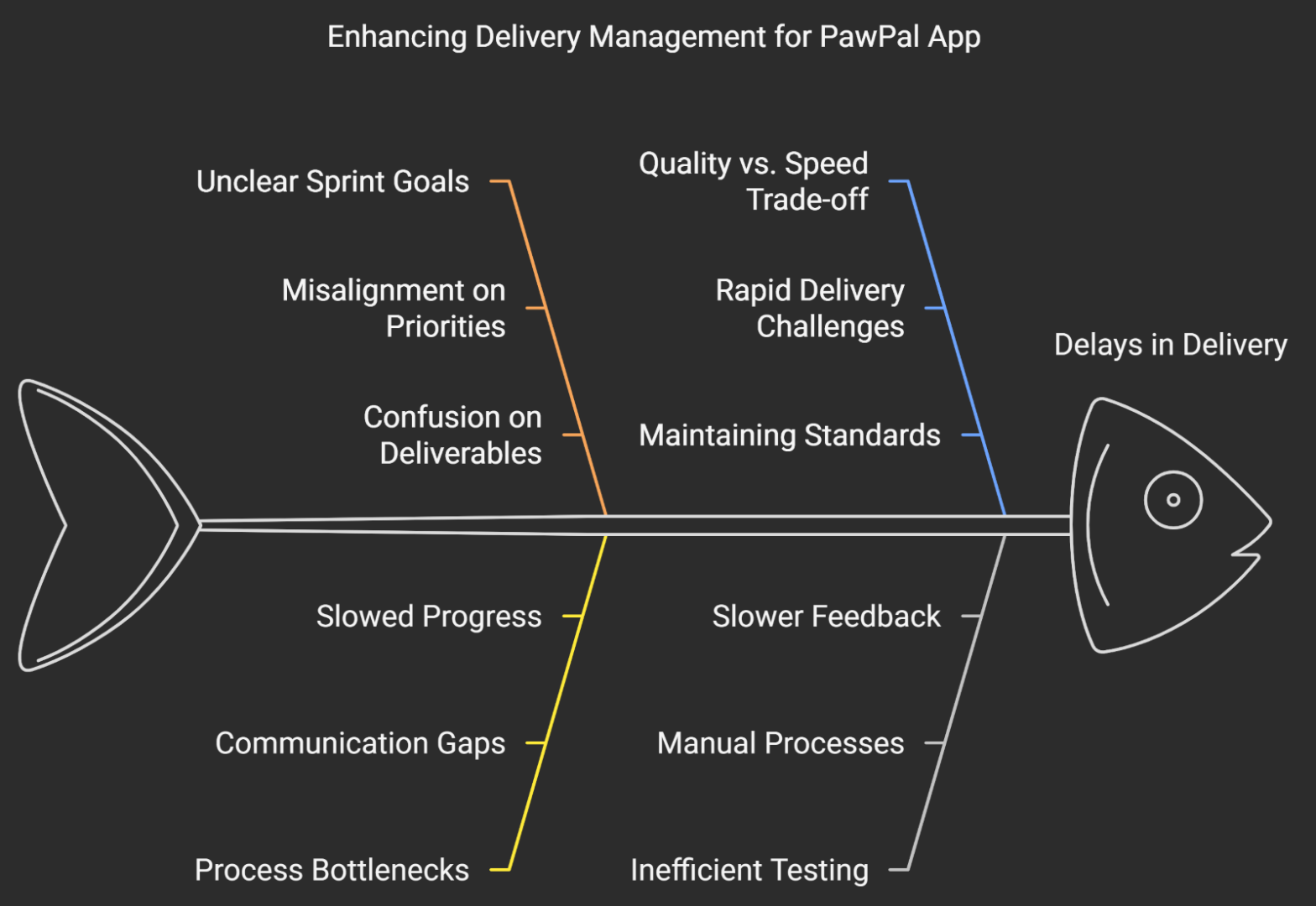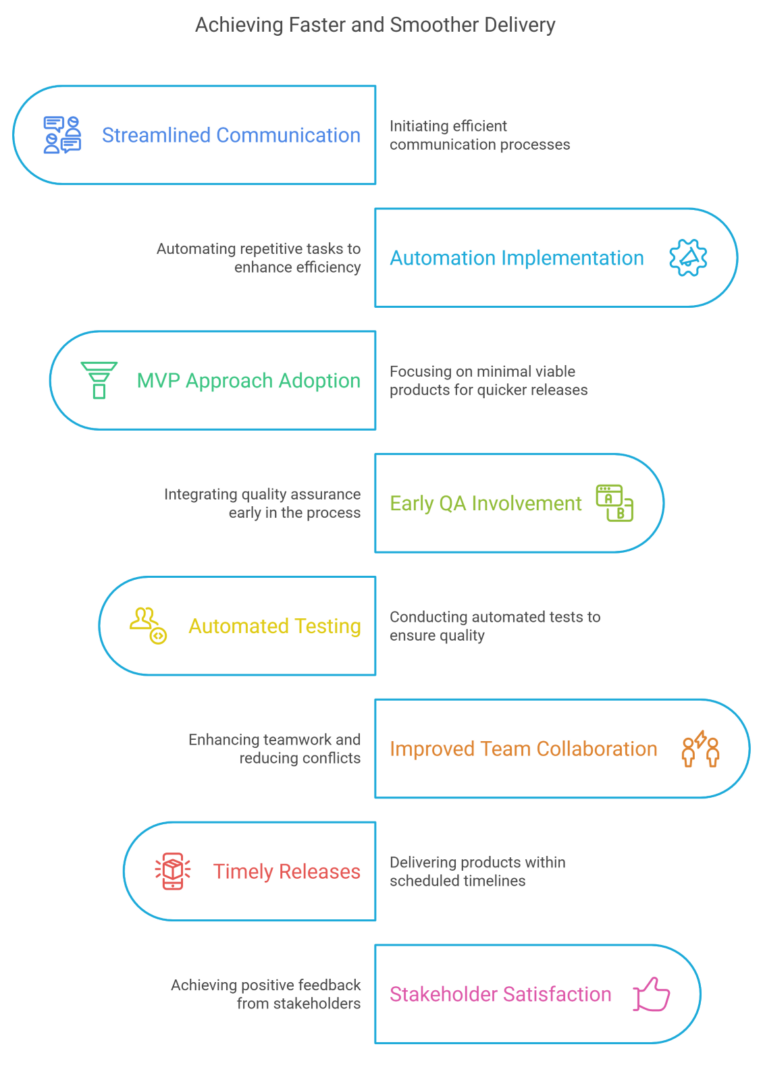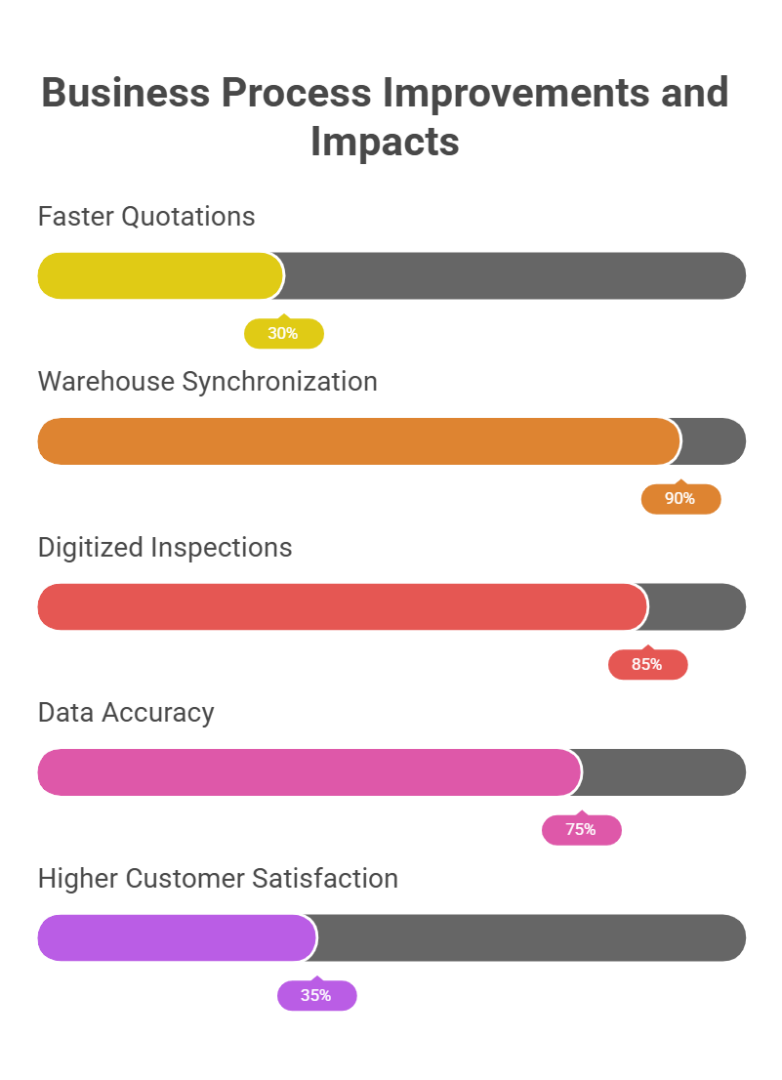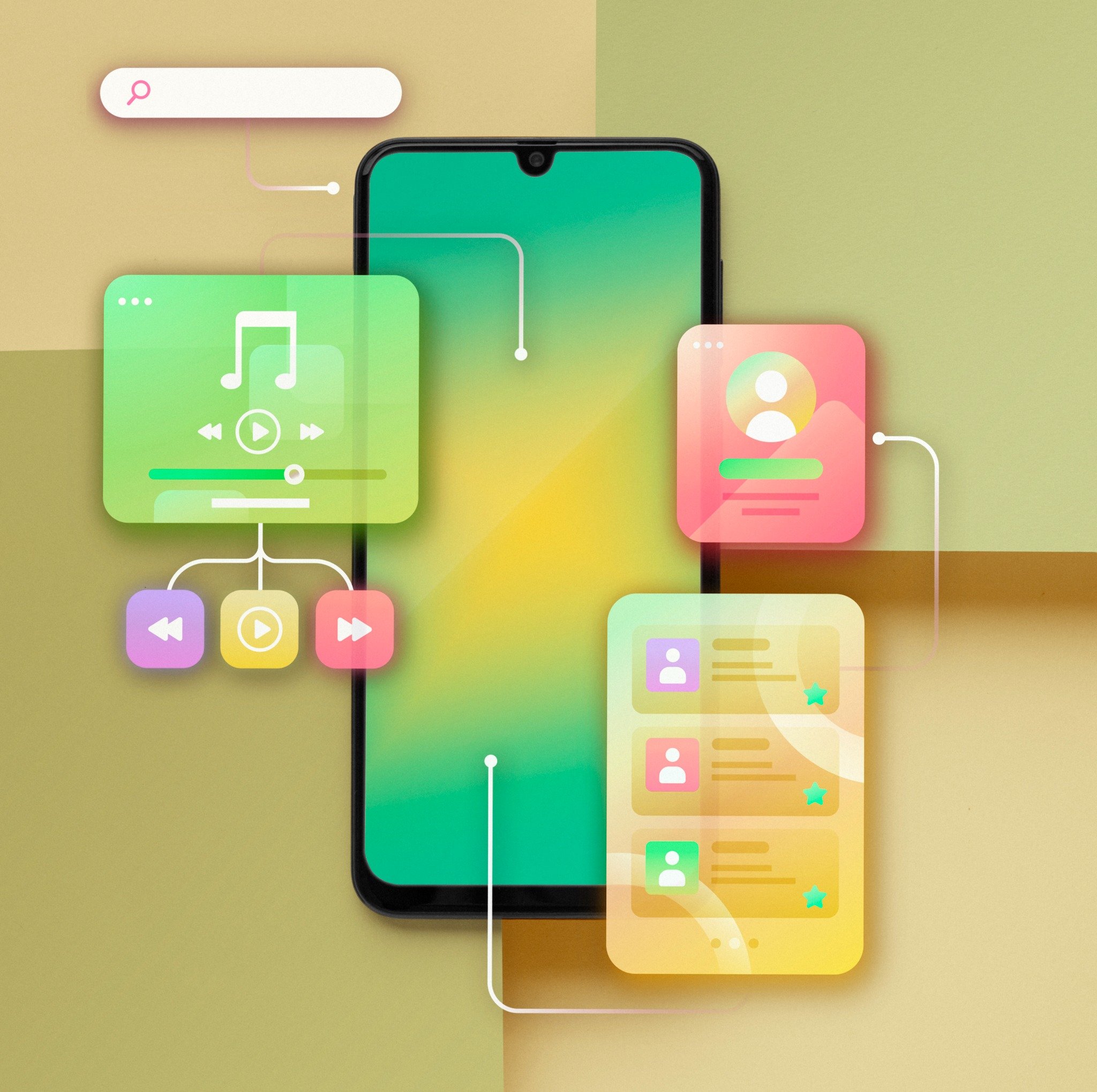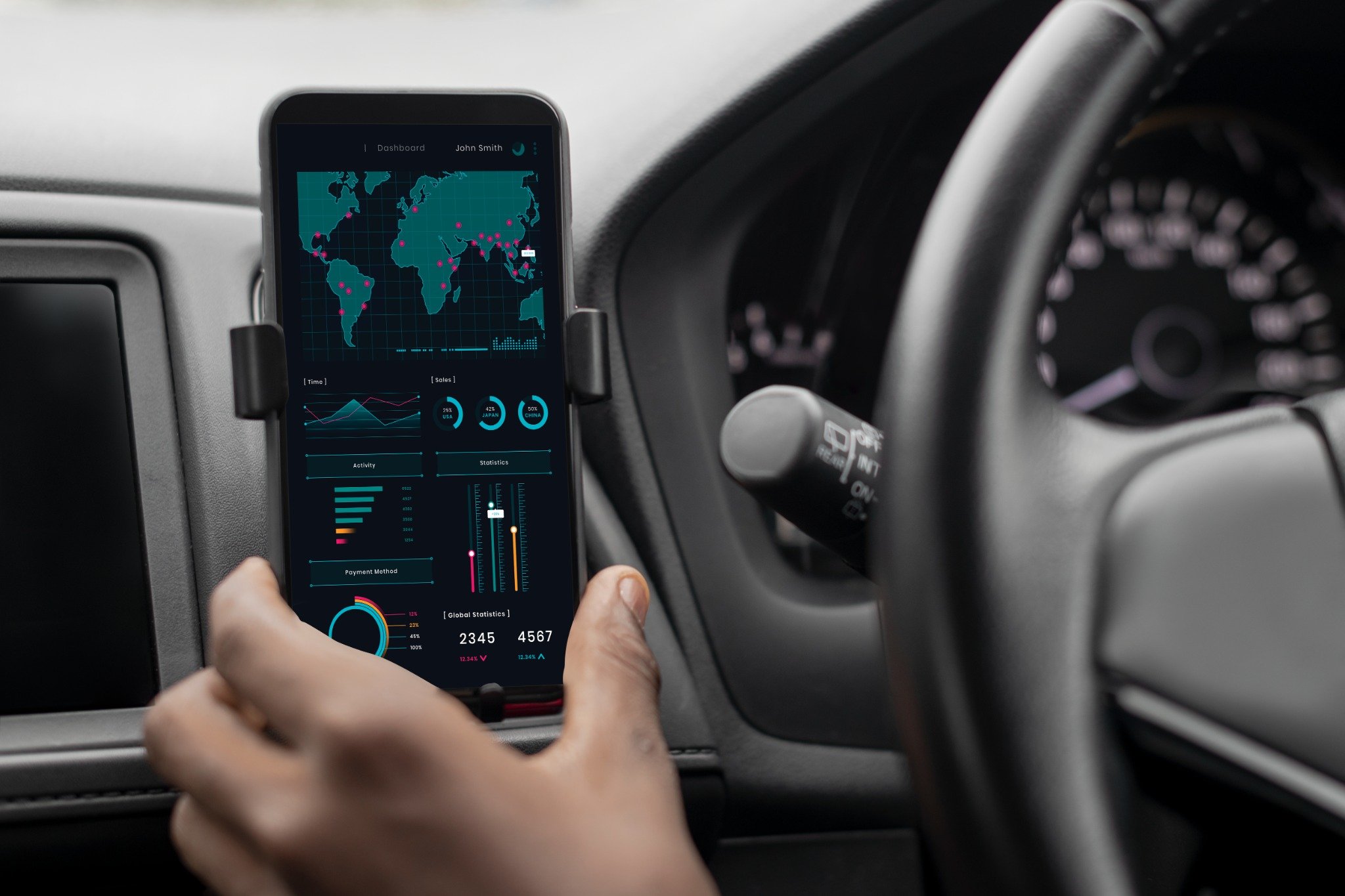Executive Summary
Streamline workplace assessments with a digital solution that boosts efficiency, ensures compliance, enables real-time data sync, and cuts admin workload by 80%.
A regulatory organisation responsible for overseeing workplace competency assessments struggled with inefficiencies due to its reliance on paper-based evidence collection, manual data entry, and the absence of real-time synchronisation. These challenges caused compliance risks, lost records, and slow decision-making processes.
The introduction of a digital solution transformed the assessment process by enabling real-time data collection and seamless integration with the organisation’s customer relationship management (CRM) system. Our team built the platform using Flutter for mobile accessibility, Yii2 for backend support, and MySQL for scalable data management. As a result, the solution improved efficiency, cut assessment time by 50%, eliminated data loss, and ensured full compliance readiness.
Client and Their Challenges
The client, a regulatory organisation, monitors workplace competency across various industries. Their assessors evaluate rooms, equipment, and personnel to ensure compliance with industry frameworks and apprenticeship standards.
One of their primary challenges involved inefficient equipment tracking. Assessors manually logged and tracked assets such as X-ray machines, often leading to missing or outdated records. The disconnected workflow also caused inefficiencies, as assessors entered data manually into different systems, duplicating efforts and increasing error rates. Handwritten records frequently contained inaccuracies, requiring additional administrative work.
Another significant issue stemmed from media upload failures. Photos and videos of assessed equipment often became lost or corrupted before upload completion. Assessors also struggled with delayed access to historical data stored in the CRM due to manual updates.
Project Details
The organisation required a mobile application to address these inefficiencies. The project ran from October 2019 to March 2020 and offered a financially accessible solution for small and medium-sized enterprises, with scalable options for future growth.
The organisation selected our team because of our expertise in digital assessment solutions and our ability to integrate MySQL seamlessly with existing CRM systems. Our previous work developing scalable assessment workflows for regulatory bodies demonstrated our capability to resolve issues related to data synchronisation, secure media handling, and automated compliance reporting. Our agile development approach also ensured continuous improvements based on real-world user feedback.
| Aspect | Details |
| Service | Mobile Application |
| Technology | Frontend: Flutter, Backend: Yii2 Framework |
| Period | October 2019 to March 2020 |
| Budget | Designed to be SME-friendly with scalable options for future growth |
The Solutions
Assessors gained real-time access to administrative notes from CRM administrators, ensuring they followed specific instructions such as taking required photos or inspecting designated areas. Real-time synchronisation eliminated version conflicts by instantly reflecting data updates in the CRM through RESTful APIs.
To enhance reliability, we implemented a background upload queue that prevented data loss and securely stored photos and videos, even in areas with poor connectivity. Automated compliance reporting significantly improved efficiency, reducing audit preparation time from three weeks to just three days.
We optimised the assessor workflow by introducing standardised digital forms with dynamic field validation, minimising errors and ensuring accurate data entry. Additionally, the system securely transferred X-ray machine data to the cloud, enabling instant accessibility and compliance tracking.

Technology Stack and Benefits
We developed the mobile application using Flutter, ensuring a fast and responsive experience for assessors working in the field. This choice also allowed for potential cross-platform expansion in the future. Offline functionality enabled assessments to proceed without internet access, with automatic synchronisation occurring once connectivity resumed.
For backend support, we built the system using the Yii2 framework. This robust structure efficiently handled large volumes of data with streamlined routing and request management. MySQL integration facilitated smooth data storage and retrieval, while role-based access control safeguarded sensitive information. RESTful APIs ensured seamless communication between the mobile application and the backend system.
Optimised MySQL queries enabled rapid data retrieval and supported two-way synchronisation between mobile devices and the CRM. Role-based access controls further strengthened security. CRM integration allowed real-time data exchange, ensuring up-to-date records and triggering automated task assignments following assessments.
We implemented secure cloud storage for media files, using chunked media uploads to prevent file corruption and ensure efficient retrieval of historical assessment media. Our agile development approach prioritised user experience, leading to a 97% satisfaction rate post-launch. Rapid feature iterations introduced enhancements such as speech-to-text assessment notes.
Key Features Implemented
User authentication relied on secure OAuth2.0 protocols, restricting access based on assessor roles. We streamlined equipment and room assessments by enabling real-time CRM data updates and cloud-based X-ray machine data uploads. Media uploads and evidence collection became more reliable with chunked video and image uploads ensuring secure storage.
Automated data synchronisation prevented conflicts by flagging records for manual review when necessary. Assessors could continue their work offline, with automatic synchronisation restoring data once connectivity was available.
The Results
By eliminating redundant tasks and paper-based logging, the new system reduced assessment time by 50%. Media upload success rates reached 100% due to the background queue, which prevented data loss and corruption. Assessors retrieved historical records instantly, reducing audit times by 30%.
The system automated compliance reports, cutting administrative work by 80% and eliminating the need for manually generated paperwork. Overall productivity increased, allowing assessors to complete twice as many evaluations each day.

Lessons Learned
Background uploads significantly reduced lost data, decreasing media upload failures by 20%. Database optimisation improved performance, reducing query response times from 1.2 seconds to just 250 milliseconds. The offline-first design played a crucial role, ensuring assessments could proceed even in low-connectivity areas.
User feedback directly influenced adoption rates, with UI improvements boosting assessor satisfaction to 97%.
Next Steps
Future updates will enable assessors to import data directly from measurement devices, automatically populating assessment fields. We plan to introduce machine learning capabilities to provide AI-powered equipment insights and predict maintenance needs. Direct regulatory compliance integration will allow assessors to submit reports seamlessly to regulatory bodies.
We will also enhance reporting and dashboard capabilities by introducing real-time key performance indicators and performance trends. Ongoing security and performance enhancements will ensure continued scalability and compliance.
Conclusion
By introducing this digital solution, we have revolutionised workplace assessments, improving efficiency, compliance, and assessor productivity. Real-time data synchronisation, secure media storage, and offline functionality have successfully addressed the key challenges in regulatory assessments. As we continue to develop AI-driven insights, deeper compliance integration, and predictive analytics, this platform is set to become the leading tool for workplace competency assessments.
Enhance efficiency, compliance, and data security in workplace assessments with our expert digital solutions. Streamline processes, boost productivity, and achieve measurable results—get in touch today to see how we can support your needs.



